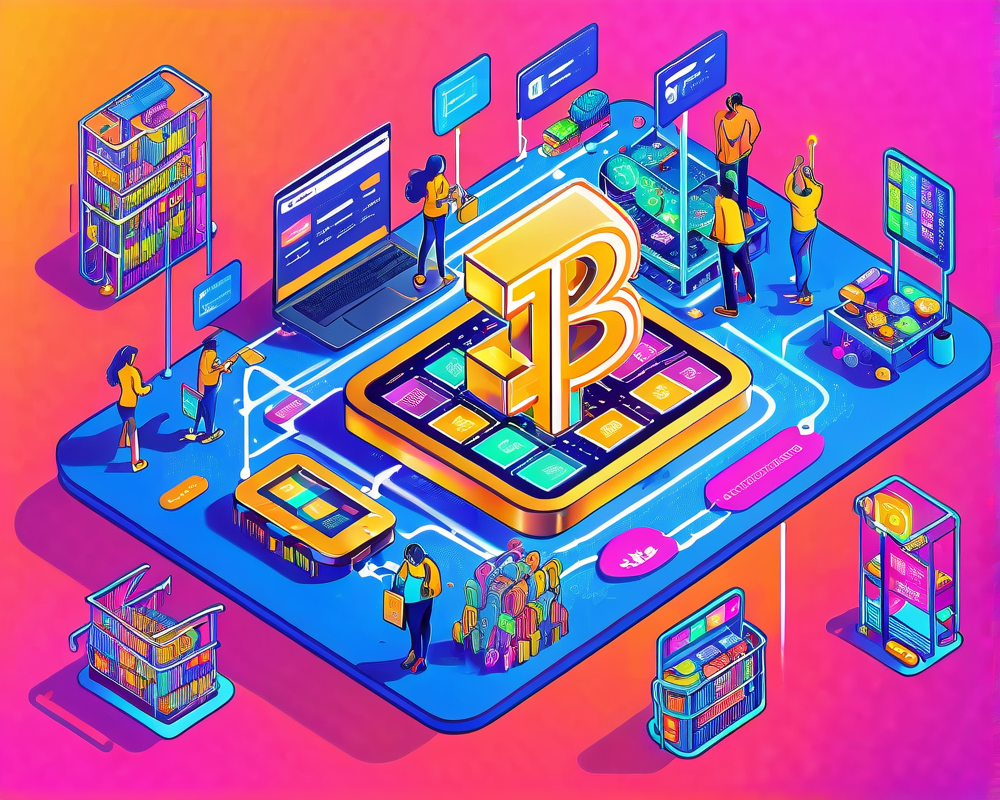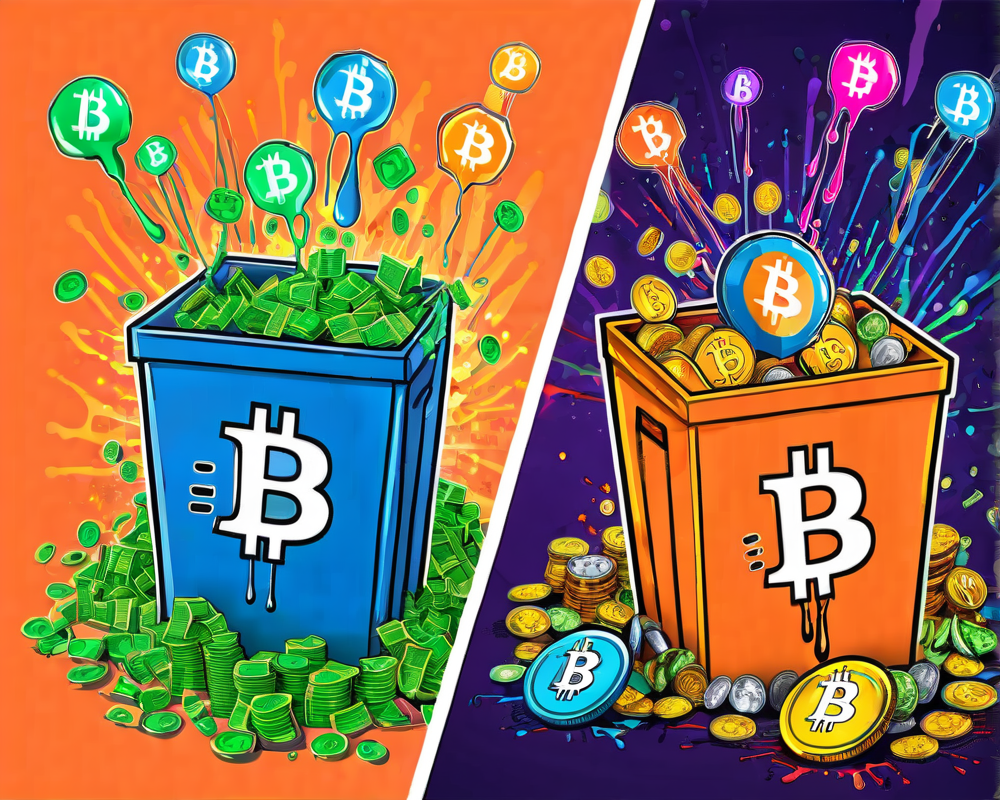The Micropayment Revolution
Micropayments, a term that might sound like an overhyped start-up looking for a catchy brand, isn’t a recent trend. In fact, it dates back to the mid-90s and has seen its fair share of ups and downs — much like my attempts at starting a vegetable garden. Defined as transactions with a value lower than a certain threshold, micropayments carry a burden greater than their weight. The transaction fees often overshadow the transaction value itself, making them economically unfeasible, especially for digital goods.
The Great Fee Conundrum
Now, picture this: You want to buy a clever article for a penny. However, if processing that purchase costs you a dime, well, doesn’t that make you wish you could teleport that penny to the author’s wallet instead? Credit card companies offer various fee structures that would have Alice, our hypothetical penny-pincher, pulling her hair out. Consider this:
- The lowest fee is 1.29% of the transaction value.
- For a $0.01 transaction? That’s a whopping 100% fee! Ouch!
Clearly, traditional payment platforms are not cut out for the world of micropayments, and here’s where blockchain scoops up the challenge like a superhero.
Blockchain to the Rescue!
Blockchain isn’t just a buzzword thrown around by tech enthusiasts in dark basements. It’s the robust infrastructure that could change how we handle these small transactions. Thanks to its ability to handle minuscule payment units — think satoshis for Bitcoin or gwei for Ether — blockchain could make micropayments viable. You could send fractions of a cent faster than I can say “Did I leave the oven on?”
Besides that, crypto wallets are becoming as ubiquitous as your smartphone. This means that, theoretically, you could pay for coffee with a single digital wobble of your wrist. And the fees? Well, they can be as low as pennies, or sometimes even fractions of a cent. Talk about a penny saved!
Real-World Applications: Can Anyone Use a Millionth of a Dollar?
This leads us to the big question: What can you actually buy with micropayments, assuming you let go of a millionth of a dollar? Here’s a menu of possibility that may surprise you:
- Move Over Subscription Models! Forget the oversaturation of subscriptions. Micropayments could allow folks like Alice to buy just that single interesting article without committing to yet another magazine subscription. Now her bank account can breathe a sigh of relief.
- Digital Rights and Royalties Micropayments can simplify fees for copyrights and royalties, giving artists more control and immediate compensation for their work. Cha-ching!
- The IoT Bonanza Imagine a world where your fridge can sell data about your snack habits for micropayments. Okay, maybe not that extreme, but IoT-focused micropayments could provide invaluable insights while respecting user privacy.
- Social Impact This is my favorite part. Micropayments can massively change how donations happen. Donors could give with tiny amounts, potentially assisting those in need without lining the pockets of intermediaries. But hold your horses! Rating systems for transparency will definitely be required here, unless we want to witness a fraud fest.
Time for a New Era
In summary, micropayments may have seen their glory dim in prior years, but with the advent of blockchain, the door is wide open for a second act. With foundational changes in how we conduct transactions digitally, businesses can finally monetize those underappreciated offerings. Furthermore, the potential social impact could be monumental, possibly uplifting entire communities. A big shoutout to the visionary Marc Andreessen for his early insights into this journey! So, here’s hoping we’re standing on the cusp of transformation, where micropayments meet blockchain, bringing much-needed change.
Just remember, though: no investment is risk-free. Micropayments might sound thrilling, but do your homework before diving in headfirst!




